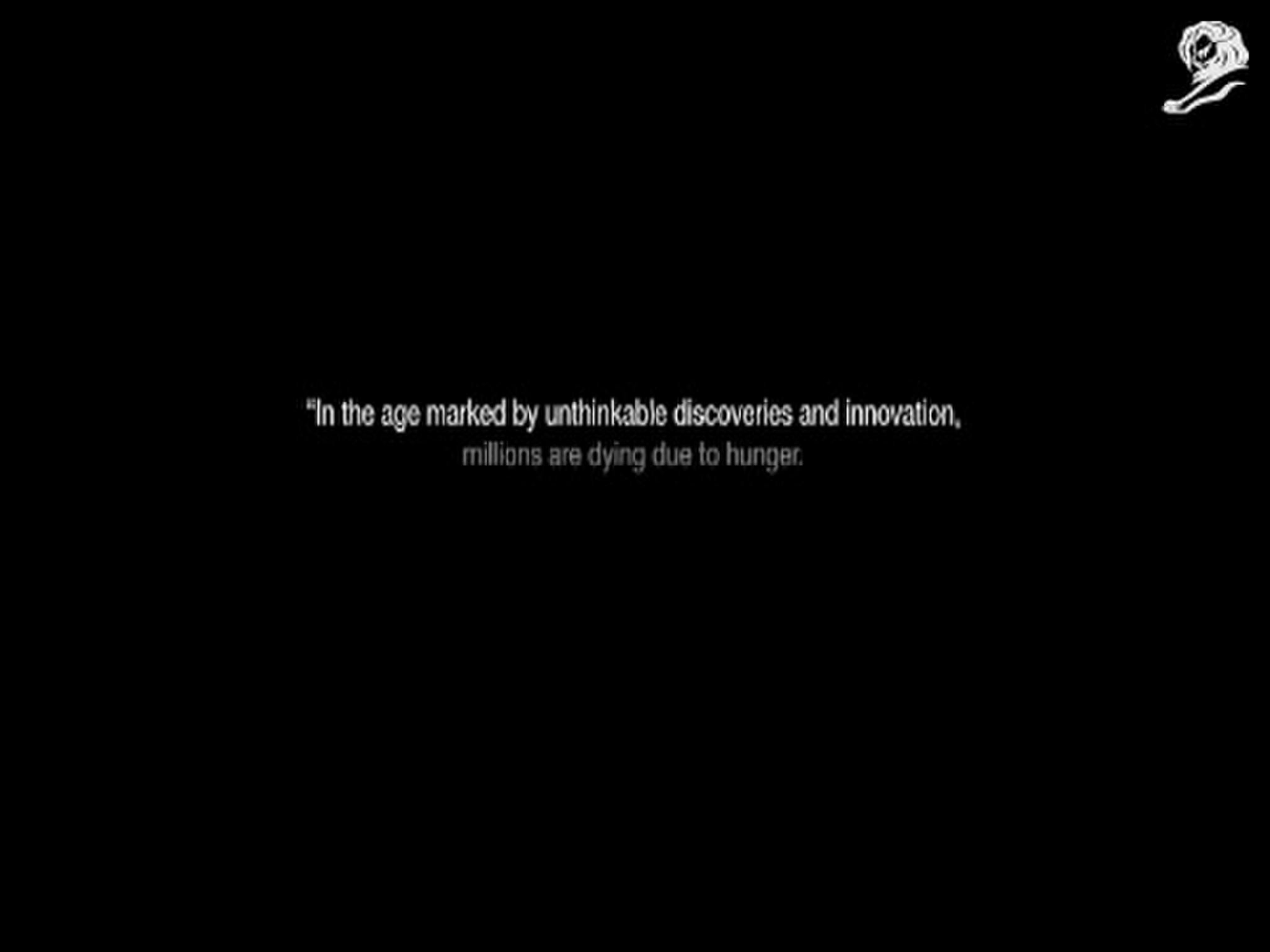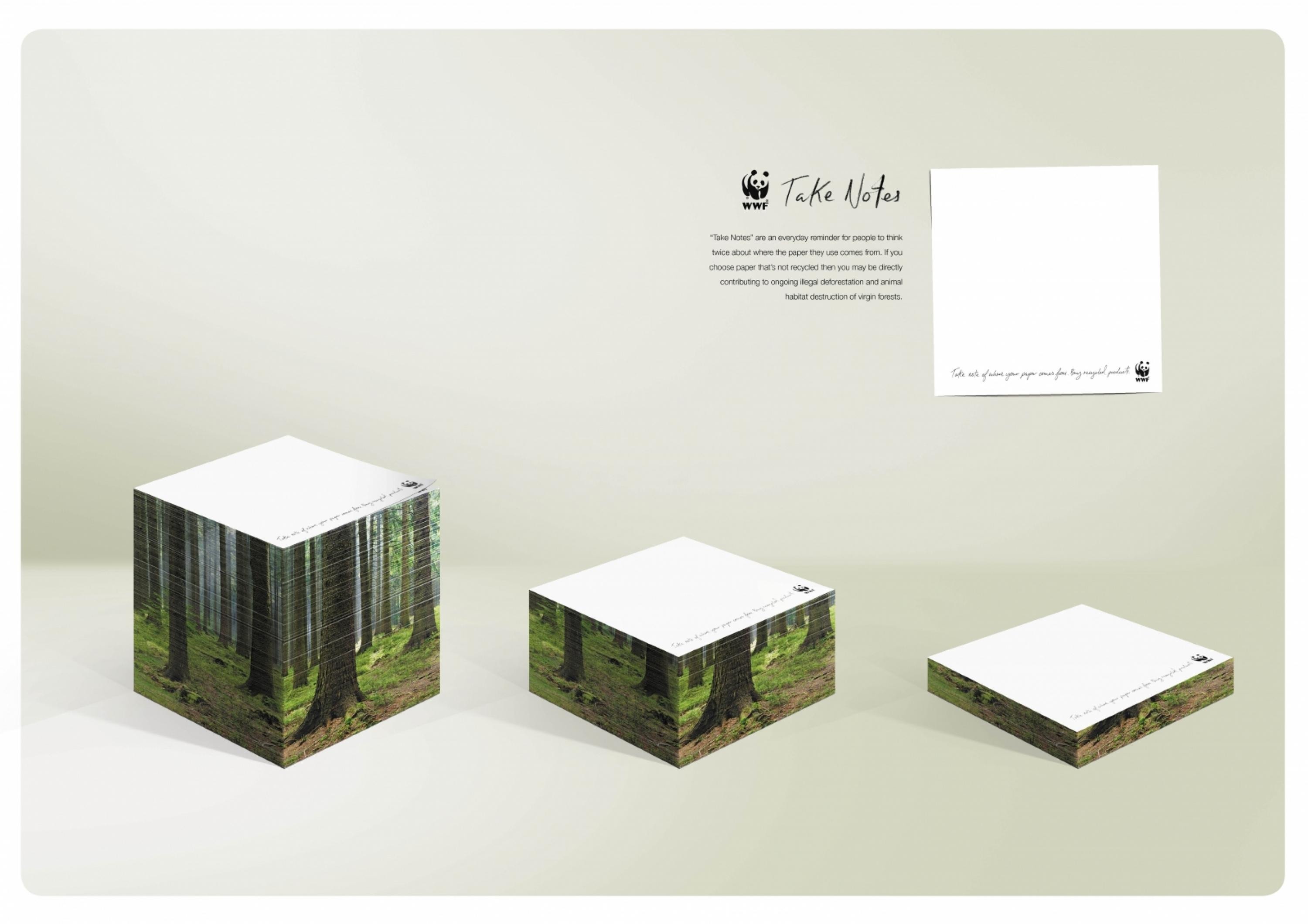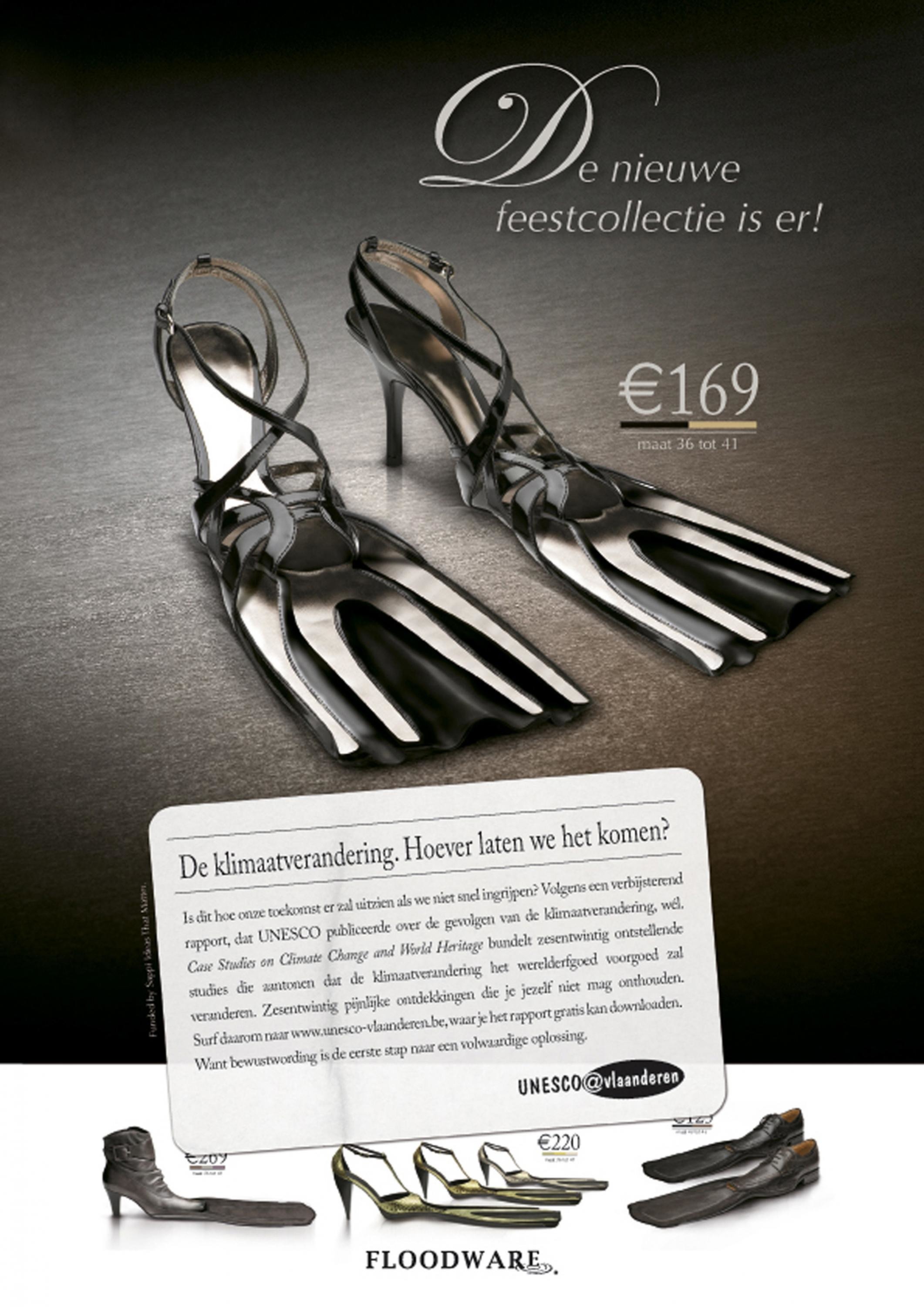Eurobest
Read the sources
DDB, Paris / UNESCO / 2022

Overview
Entries
Credits
Overview
Background
UNESCO seeks to build peace through international cooperation in education, sciences, and culture. That’s why it supports and defends press freedom and journalists all around the world.
Over the last 10 years, a new threat has emerged: fake news. More and more people live and think within cognitive bubbles, which is a huge threat to democracy and peace. But fake news is just one dimension of a bigger threat: the divorce between the citizens and their media, which leads to news avoidance and thus low levels of knowledge when it comes to political and societal issues.
In 2020, UNESCO decided to address this issue worldwide, through an international campaign targeting a wide audience.
Idea
The first step was to work with journalists to retrieve all the sources.
From that data we built a "map" of all that information, and we divided the content into dedicated folders to help people understand the hierarchy.
We used all the source to craft a press AD, using the content map we previously made to display all the folders and files contained in the original article. We kept the design feeling voluntary "raw" using computer icons and jpegs pictures, as if we were into the journalist computer desk.
We also added a dedicated QR code, linking each newspaper to the digital experience. Scanning the QR code leads viewers to readthesources.com, a dedicated website with two exploration options: an investigation mode allowing users to explore the files with an immersive investigation experience or simply access to the dropbox mode, with an exhaustive list of all the sources.
Strategy
To build each press ad, we worked closely with journalists to retrieve all the data they had, all the pictures, videos, personal mail, documents, related sources, and interviews.
The idea was to find a creative way to display all this content to both the press audience and the public.
We have classified all the information according to different levels of accessibility, keeping at the first level the sources that are the easiest to interpret for the public and in a second step, the more precise technical documents, complete interviews or specific data.
The press AD shows the cartography of all the sources used and allows readers to have an overview of the quantity of sources necessary for a press article.
The different levels of possible reading interest both newspaper readers looking for more precise information or the public who could stop on the first level of information.
Execution
The first step was to work with journalists to retrieve all the sources.
We created dedicated storage to list every source used in the press article.
From this content we builded a "map" of all that information and we divided the content into dedicated folders in order to help people understand the hierarchy.
Then we used all the source to craft a press AD, displaying all the folders and files contained in the original article as if we were into the journalist computer desk.
We also added a dedicated QR code, linking each newspaper to a dedicated website allowing users to explore the files.
From this we crafted a dedicated website with two exploration options: an investigation mode allowing users to explore the files with an immersive investigation experience or simply access to the dropbox mode, with an exhaustive list of all the sources.
Outcome
Campaign had a large nonpaid media impact :
· 2 million readers press coverage
· A large amount of PR with tens of articles and key opinion leaders relays on internet and social media (twitter, facebook, instagram)
· Citizens from 34 different countries have been experiencing the interactive investigation on readthesources.com
· 1min40s average time spent online navigating through the sources
Similar Campaigns
12 items





